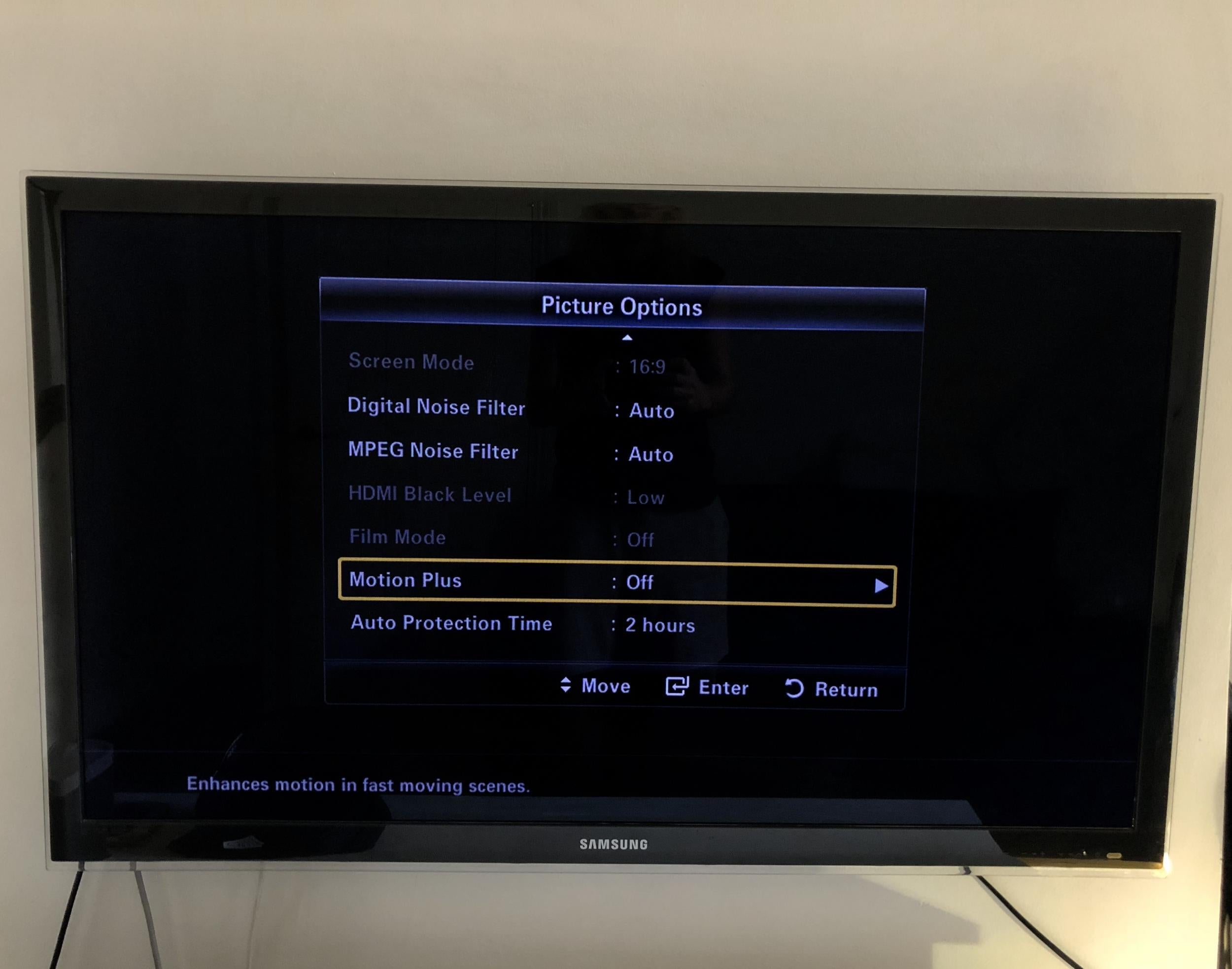What is motion smoothing and how do you turn it off? The TV ‘soap opera effect’ Tom Cruise, Christopher Nolan and Paul Thomas Anderson are waging war on
The filmmakers want to open a dialogue with TV manufacturers so 'home viewers see our work presented as closely as possible to our original creative intentions'

Your support helps us to tell the story
From reproductive rights to climate change to Big Tech, The Independent is on the ground when the story is developing. Whether it's investigating the financials of Elon Musk's pro-Trump PAC or producing our latest documentary, 'The A Word', which shines a light on the American women fighting for reproductive rights, we know how important it is to parse out the facts from the messaging.
At such a critical moment in US history, we need reporters on the ground. Your donation allows us to keep sending journalists to speak to both sides of the story.
The Independent is trusted by Americans across the entire political spectrum. And unlike many other quality news outlets, we choose not to lock Americans out of our reporting and analysis with paywalls. We believe quality journalism should be available to everyone, paid for by those who can afford it.
Your support makes all the difference.It may have made things crisper, sharper, brighter and more colourful, but the HD era in TV has also snuck in a curious motion quirk that can make big-budget movies look like they were lit and shot by the crew of American soap Days of Our Lives.
Motion interpolation or motion smoothing is the process in question, more commonly known as “the soap opera effect”.
Gizmodo has a nice summary of it:
“Motion smoothing is a feature on most modern TVs that is intended to correct hi-def screens” tendency to make objects in motion appear to be blurry. In order to do this, the TV processes one frame, then the next, and makes a guess on what a new frame that goes between them should look like. This can be very helpful if you’re watching a football game, for example, and you’re attempting to keep track of the ball in a wide landscape shot. It gives everything a crisp edge.’The
But, in effectively creating new frames of footage, motion smoothing diverges from a filmmaker or TV director’s original work.
It has been a gripe for cinephiles and Hollywood directors for a few years now, but this week saw Tom Cruise cut a PSA warning viewers they may not be “watching movies the way the filmmakers intended”
A couple of months ago, there was a more formal objection in the form of a letter (via /Film) to members of the Directors Guild of America from the co-chairs of its Creative Rights Committee.
The letter states that ”it is important that we harness new technologies to ensure that the home viewers sees our work presented as closely as possible to our original creative intentions.
“To this end,” it continues, ”Christopher Nolan and Paul Thomas Anderson reached out to television manufacturers. By starting a dialogue with the manufacturers themselves we hope to try and give directors a voice in how the technical standards of our work can be maintained in the home.”
Interstellar director Nolan – one of the co-chairs who signed the letter – has been vocal in his defence of the cinema experience, and this move sees him accept the reality of home viewing but strive to keep it as close to the theatrical kind as possible.
It remains to be seen whether television companies will take heed of his words – The Independent has contacted Samsung, LG and Sony for comment – but in the meantime, if the function is bugging you, it is very easy to switch off.
Menu settings will vary from TV to TV, but motion smoothing – sometimes called “motion plus” or similar – can usually be found in the screen, display or picture section of menus, an option listed alongside things like brightness, aspect ratio and noise filter.

Join our commenting forum
Join thought-provoking conversations, follow other Independent readers and see their replies
Comments